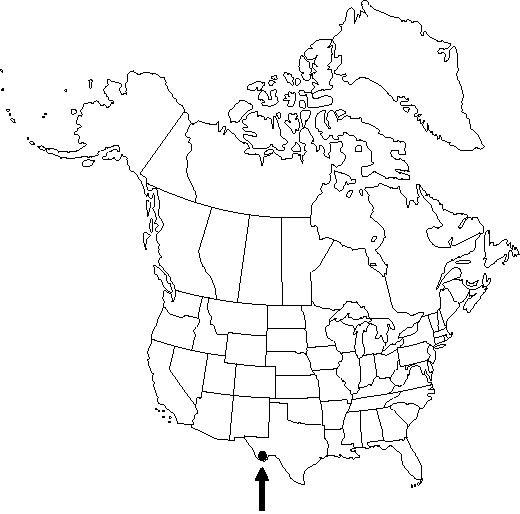Juniperus flaccida var. flaccida
Trees dioecious, to 12 m, single-stemmed to 1–2 m; crown globose. Bark cinnamon to reddish brown or gray to reddish brown, exfoliating in broad interlaced fibrous strips, that of small branchlets (5–10 mm diam.) smooth, that of larger branchlets exfoliating in wide strips or plates. Branches drooping; branchlets flaccid, 3–4-sided in cross section, ca. 2/3 or less as wide as length of scalelike leaves. Leaves green, abaxial gland variable, elongate, conspicuous, exudate absent, margins appearing entire at 20× but with irregular teeth at 40×; whip leaves 4–6 mm, not glaucous adaxially; scalelike leaves 1.5–2 mm, overlapping by 1/4–1/5 their length, apex rounded to acuminate, spreading. Seed cones maturing in 1 year, of 1 size, with straight to curved peduncles, globose, 9–20 mm, tan-brown to brownish purple when mature, glaucous, obscurely woody, with (4–)6–10(–13) seeds. Seeds 5–6 mm.
Habitat: Rocky soils and slopes
Elevation: 900–2900 m
Discussion
This variety is found in Big Bend National Park, Texas. It is abundant in Mexico, where two additional varieties occur: var. poblana Martínez and var. martinezii (Pérez de la Rosa) Silba.
Selected References
None.
